Exploring Folk Art Craft from India with kids
Art is an important part of everyday life. It is not only the work of well-known artists in renowned art museums, but it is also the art of distinctive societies and subcultures. This is folk art—art that develops its styles, techniques, and subject matters within the culture and history of a country & its people. India has always been known as the land that portrayed cultural and traditional vibrancy through its conventional arts and crafts. The 35 states and union territories each have their own distinct cultural and traditional identities. I love introducing these art forms in a simplified manner to my daughter.. I bring to you some of our step-by-step tutorials to
Exploring Folk Art Craft from India with Kids

Warli

The Warlis or Varlis are an indigenous tribe or Adivasis, living in mountainous as well as coastal areas of Indian states – Maharashtra & Gujarat. Their extremely rudimentary wall paintings use a very basic graphic vocabulary: a circle, a triangle, and a square. and this makes it really easy to introduce to a child. Some of our posts on warli are
Introducing Warli to kids via books & simple art
Warli art with a Potato stamp
Madhubani

Madhubani painting or Mithila painting is a style of Indian painting, practiced in the Mithila region of Bihar state, India. Painting is done with fingers, twigs, brushes, nib-pens, and matchsticks, using natural dyes and pigments, and is characterized by eye-catching geometrical patterns.
Painting a simple Madhubani Fish in 12 steps
Madhubani for kids
DIY Madhubani style Kite bookmark & a Kite card
Gond art

The Gond tribal community is one of central India’s largest indigenous communities and their art is an expression of their everyday quest for life. Gond art is characterized by paintings of simple everyday creatures – birds, cows, elephants, trees and painted using natural colors. Tribal art is characterized by double-lined outlines and squiggles and dots.
Exploring India Folk and Tribal Art: Gond Painting step by step
Gond Styled Dragons
How did you teach your kids about the folk art of your country? Do share the tips with us.
Similar posts that are very very popular. Click the image to read
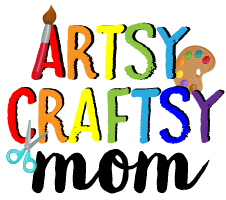








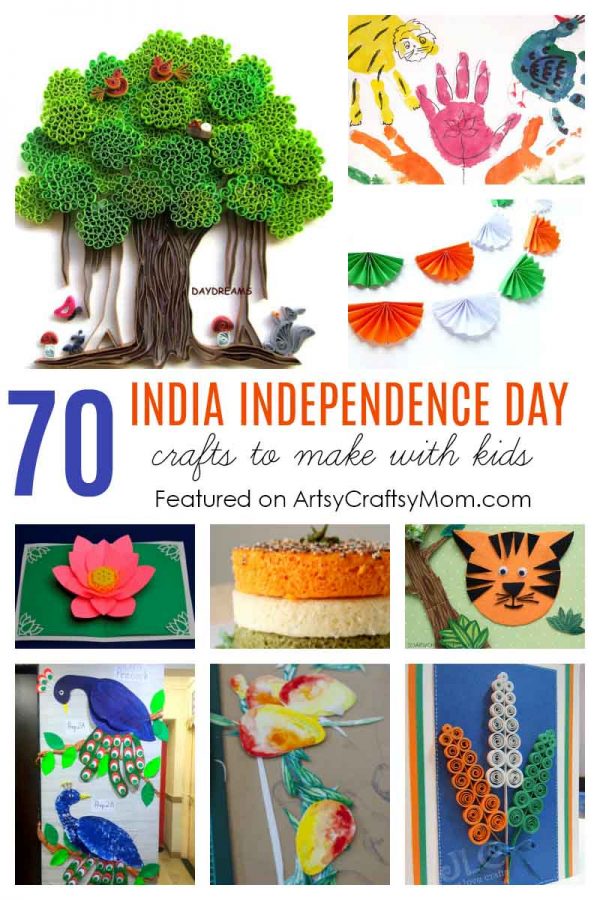
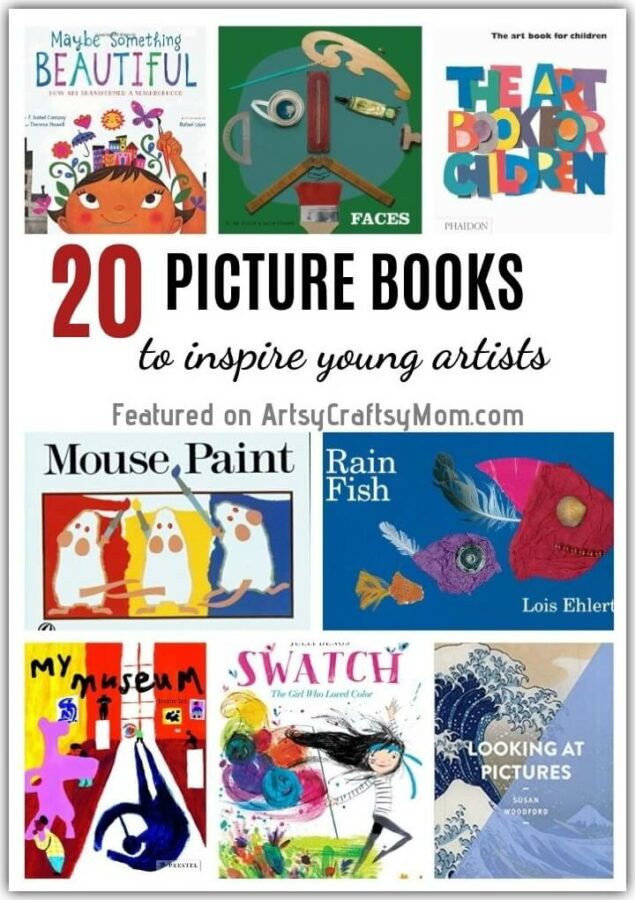
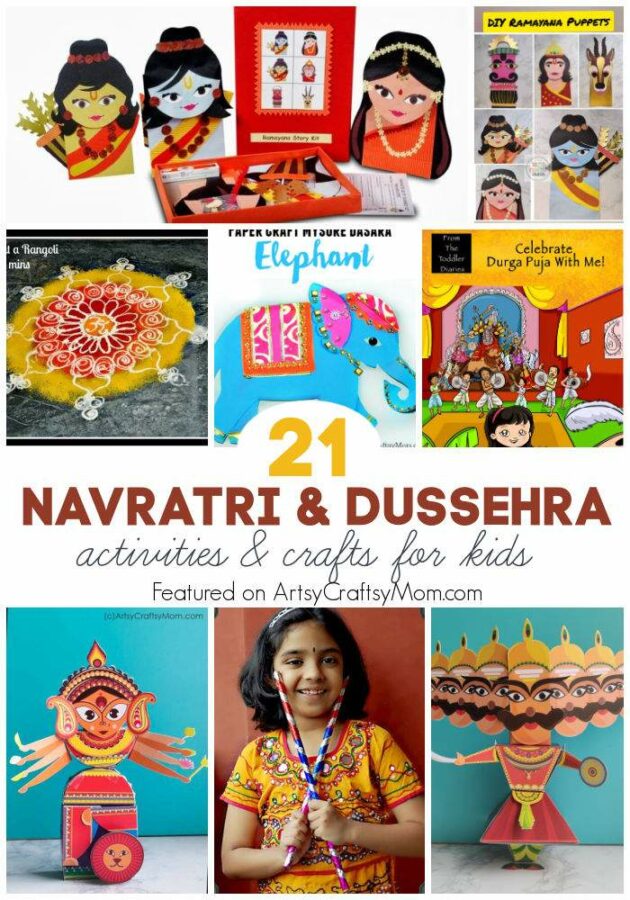
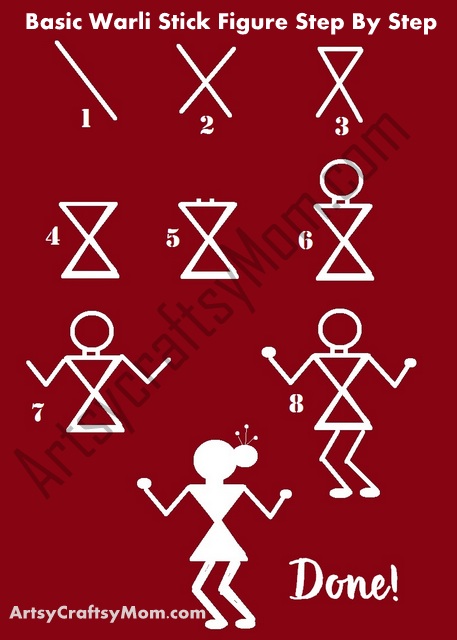




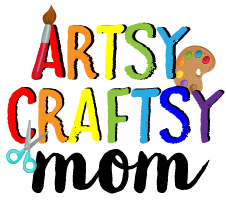
Hey shruthi,
I must say im impressed by your collection of indian arts 🙂 actually i myself wasnt aware of all of them although i remembered reading about them in my history classes way back in school. This is just not for kids but also for people of all ages esp ppl like me so engrossed with office n day to day work that we literally forget the tiny winy beautiful art forms of our own country. A great read infact 🙂
[…] Indian Folk art […]